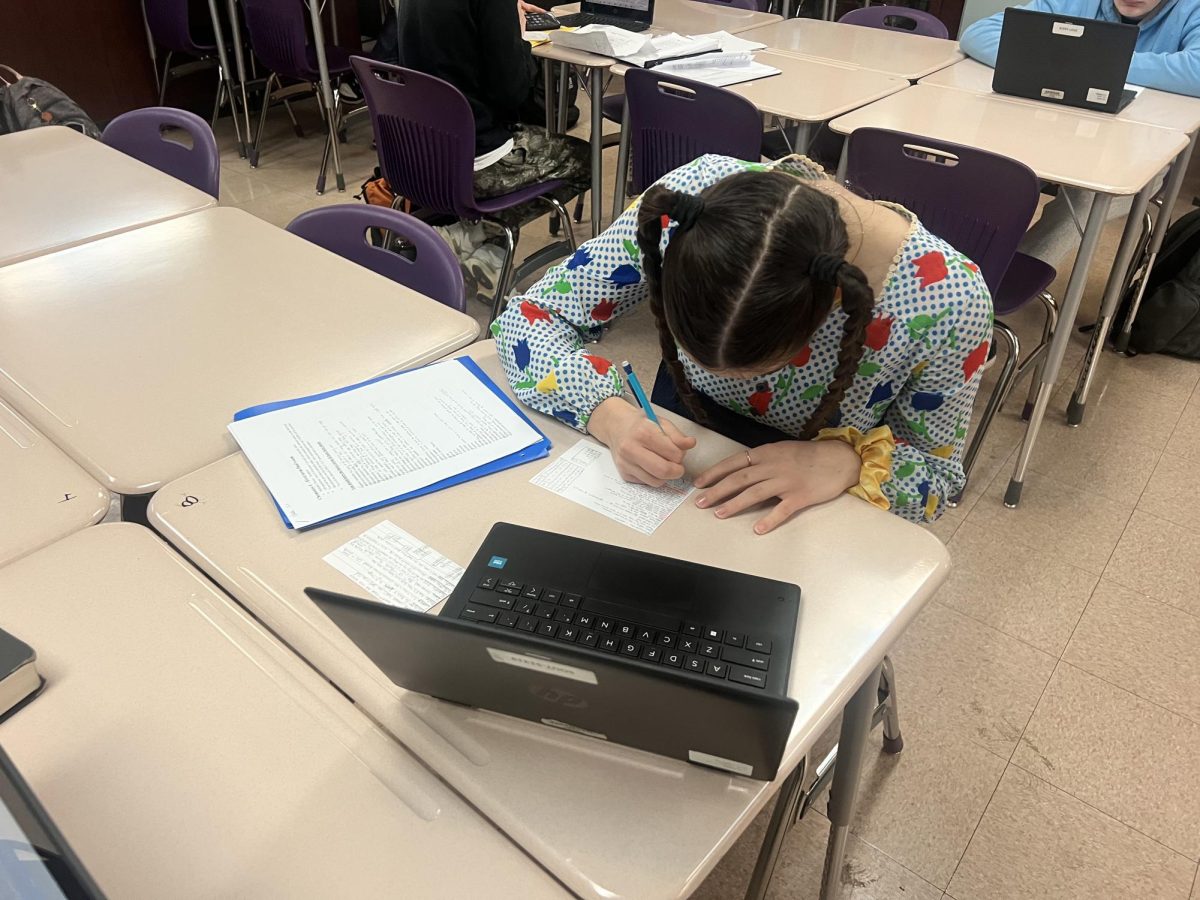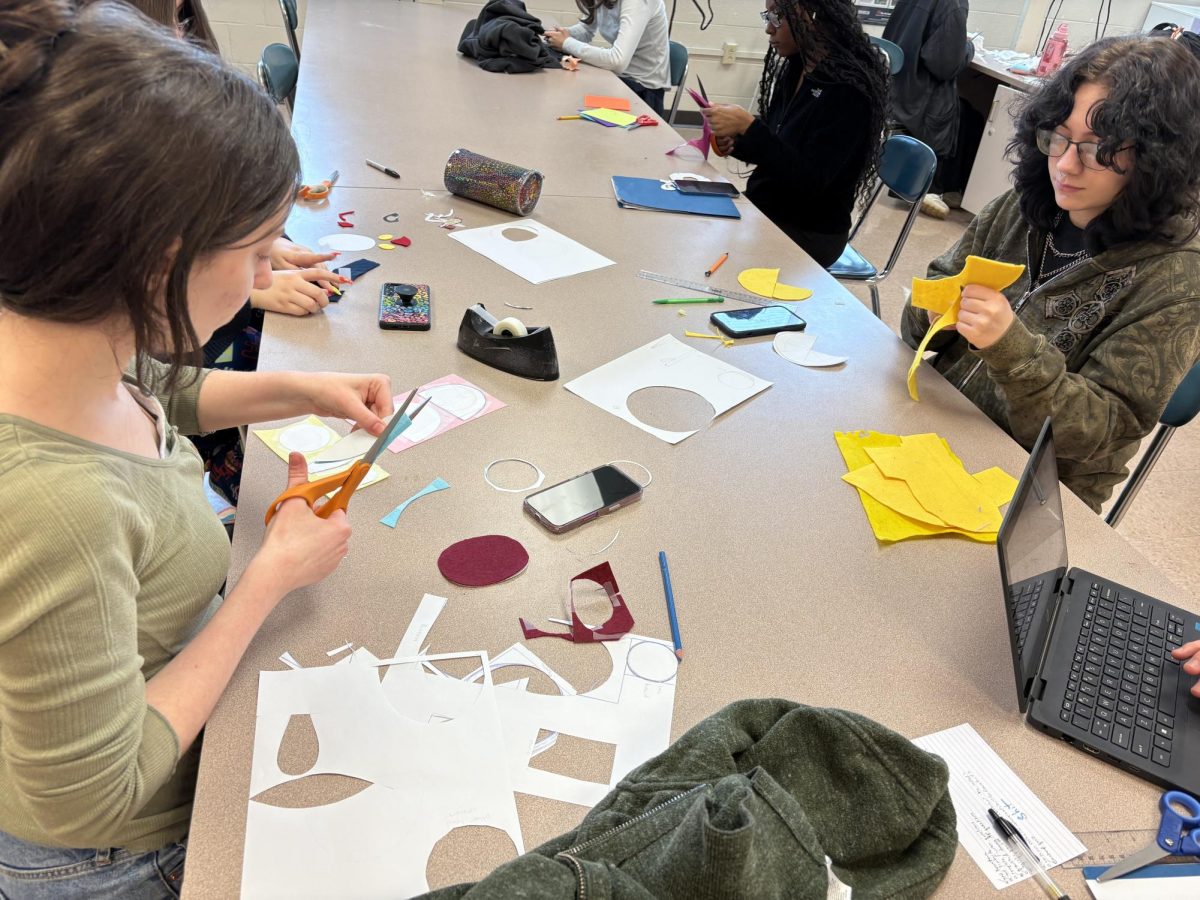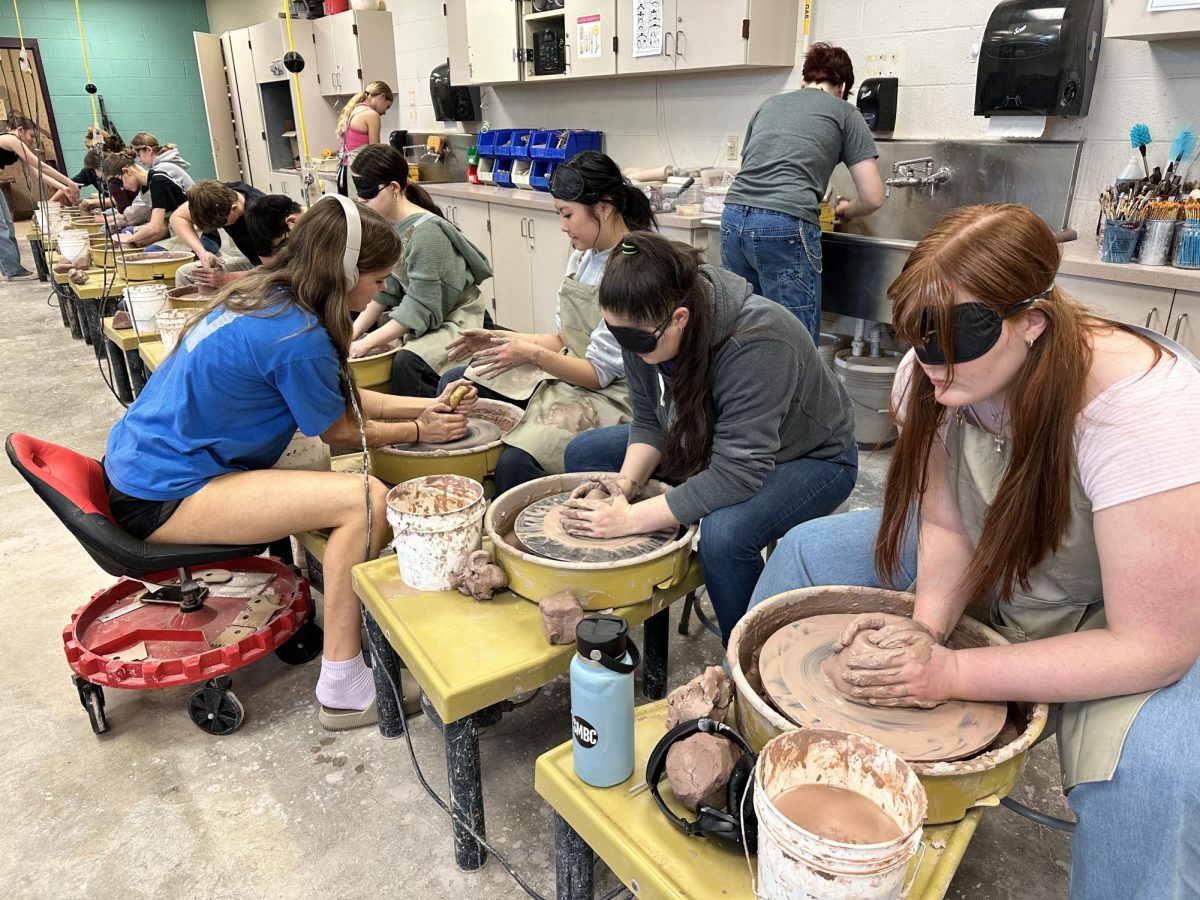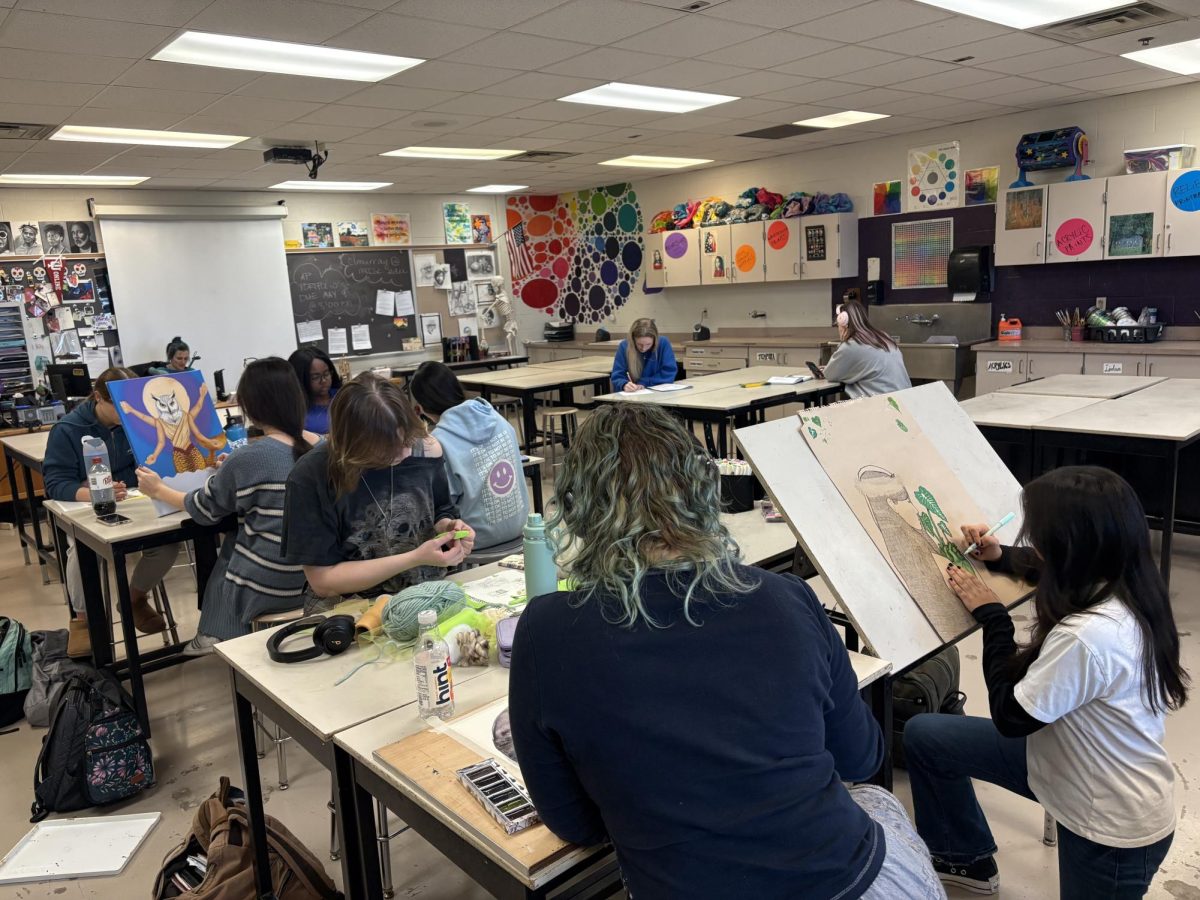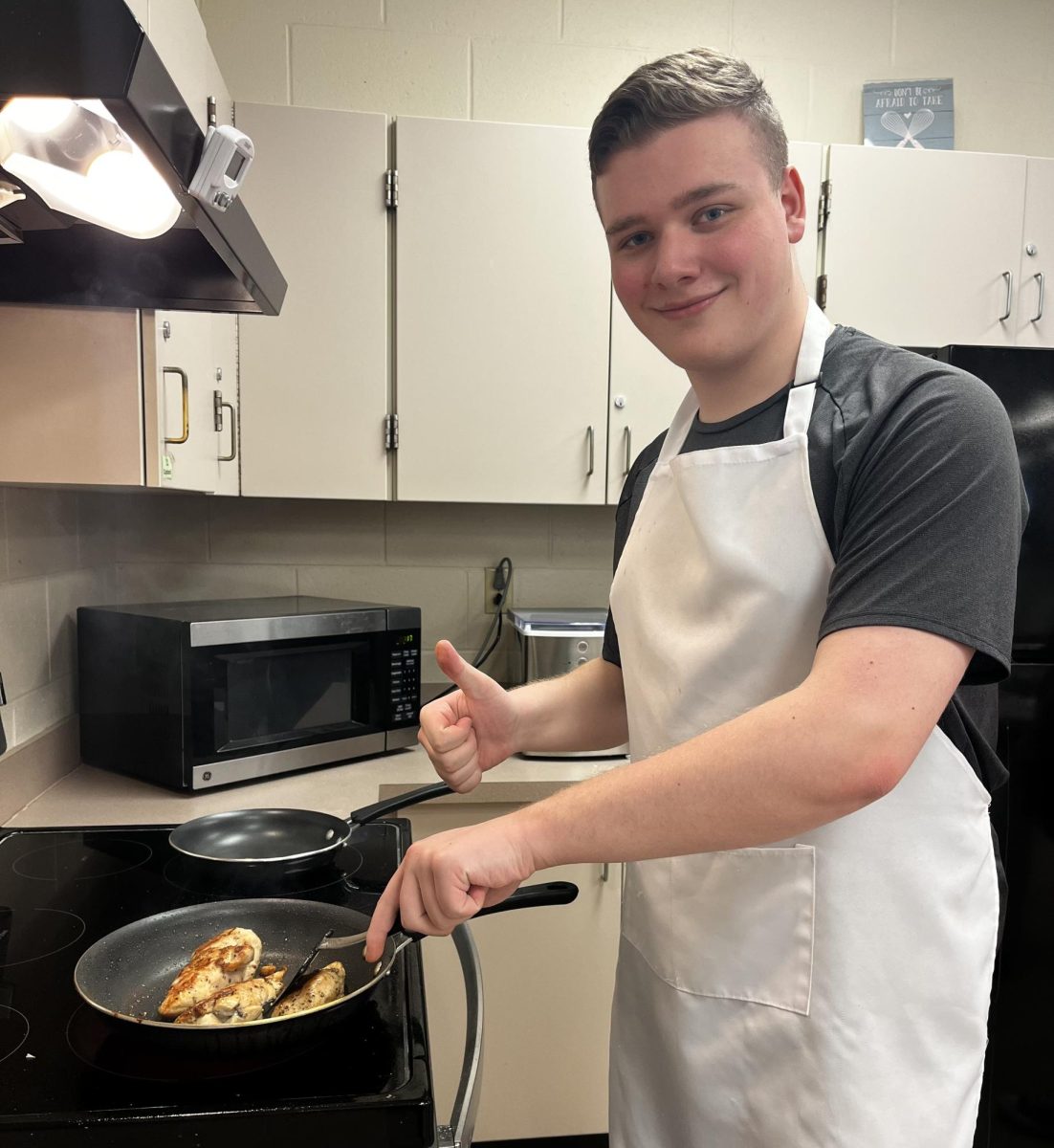At Bloomington South, there are some students who don’t take the initiative to participate in certain coding activities, including the Hour of Code. According to the website Computer Science Education Week.org, it defines Hour of Code as an “opportunity for every student to try computer science for one hour.” MCCSC allows for Elementary, Middle, and High School students to engage in coding activities, in an effort to have students learn coding young so when adult ages come, they have what it takes in a competing job market. Coding at South seems Some answers for why this occurrence happens ranged from “I have other work to “I don’t know…coding just seems boring.”
Beyond the world of I don’t know and I don’t care, however, coding can be a complicated world.ven with a female coding club and an evening of code to entice students here at school, students don’t seem too interested in the idea of coding. However, in the workforce, there is a major demand for people that are ready and willing to code. According to a 2019 report published by Rasmussen College, located in Bloomington, Minnesota, the job market for coding has expanded since early 2017. Nine of the most common jobs presented in this report ranged from software application developers to a computer assistance analyst. Both jobs would pay employees well over hundreds of thousands of dollars on a yearly salary.
South’s lead Computer Sciences teacher, Mr. Seth Pizzo, said that coding is way more complicated than people perceive it to be. Full of black screens and fewer animations can make students confused. As Mr. Pizzo explained, the idea of the Hour of Code presents more of a monologue to ordinary students, where they are given a false impression on what coding really is, Mr. Pizzo explained, while showing the features students were using that coding is not all fun and games. “What I don’t like about the Hour of Code is that people think it’s all about animations and putting pieces together to solve a puzzle until they step in here and they see and they see this (black screen).”
As students were learning how to code, Mr. Pizzo explained that the name “Computer Science” might mean something different to another student interested in coding. He alluded to how the school district put the name “Computer” into sciences, due to a growing student population that thinks more about computers and computer software, but less on the structure of coding.
“Part of it is the name of computer science, so students think that I am not that into computers,” Pizzo said, “So they may not be interested in the Hour of Code, because we need people to think it’s not all about the computer.”
Coming with the Hour of Code is a question of how to diversify the benefits for all of those working with coding, besides caucasian men. According to Mr. Pizzo, part of the issue is 50 percent of our school’s lack of diversity in presenting better accommodations to provide coding opportunities and 50 percent of people’s perceptions of how the jobs need more females to work in this position.
“People are concerned about not enough girls, women, in technology, and one of the reasons is because if only white males become developers then there will never be enough developers,” Pizzo said. ”So we need females and underrepresented minorities to be involved in technology.” Alluding to technology, at Bloomington South, besides computer science classes, one day in November certain math and science classes took the initiative to make sure coding and technology are diverse as ever. During a recent Panther Plus, Dr. Milks, Mrs. Kara Parker, and other teachers took the time to use math and science with technology, coding, and learning how to put the pieces together. Panther Plus illustrated how technology is better used in businesses where a certain technology is never used. Students watched a video showing Facebook founder Mark Zuckerberg and Amazon founder Jeff Bezos on how technology is used in entertainment, music, art, and medicine. Mr. Pizzo towards the end was proud that things have been taken to this level but sees more to be done in 20 or 30 years from now.
According to a Feb.2016 article published by Lauren Camera from U.S. News and World Report she claimed that women are “better coders than men, but only when they hide their gender.” The article also stated that women have a higher acceptance rating than men in the profession of coding, but staying in 2016, another article filed by W.I.R.E.D. magazine by Blanca Myers from 2018, showed higher acceptance rating for white people in the coding world since 1991. This counts both white men and women, but even in 2015, the rating sunk from 84% to 63%. The black rating stayed the same between 1991 and 2015 with all three ratings of population, CS majors, and all degrees.

